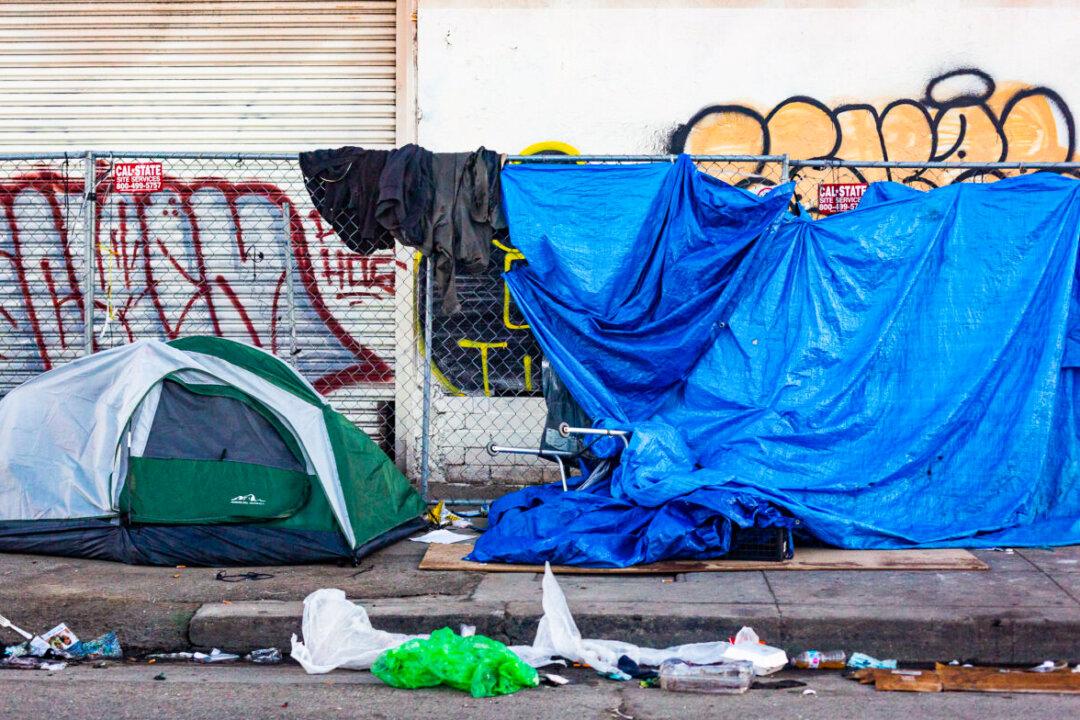The population of California declined for the second straight year in 2021, with officials blaming lower birth rates, the pandemic, and other reasons for the drop, while outgoing citizens place the blame on violent crime numbers, property prices, and the state’s education system.
There were 117,552 fewer residents in California as of Jan. 1, 2022, when compared to the previous year, according to a May 2 press release by the state’s Department of Finance.





